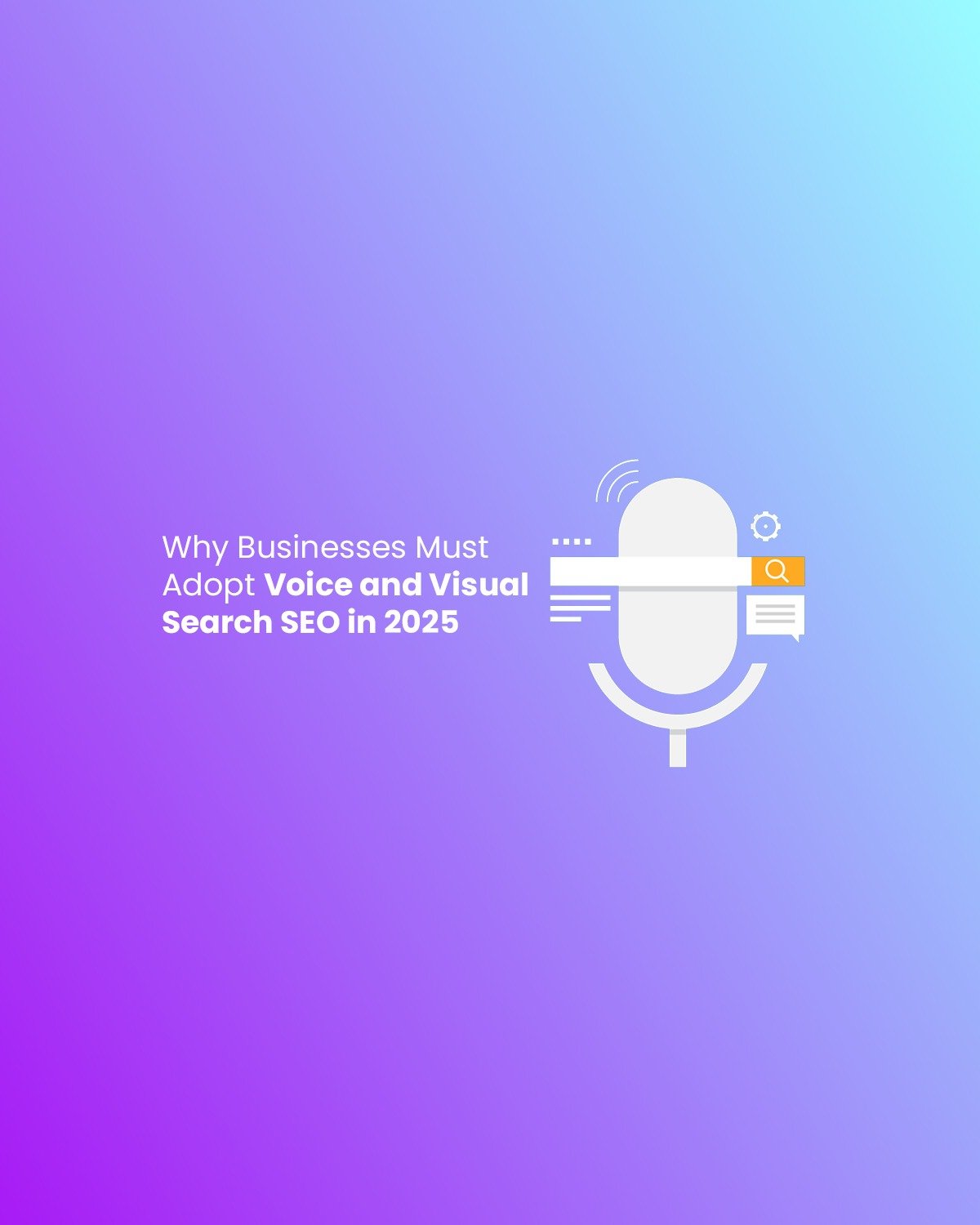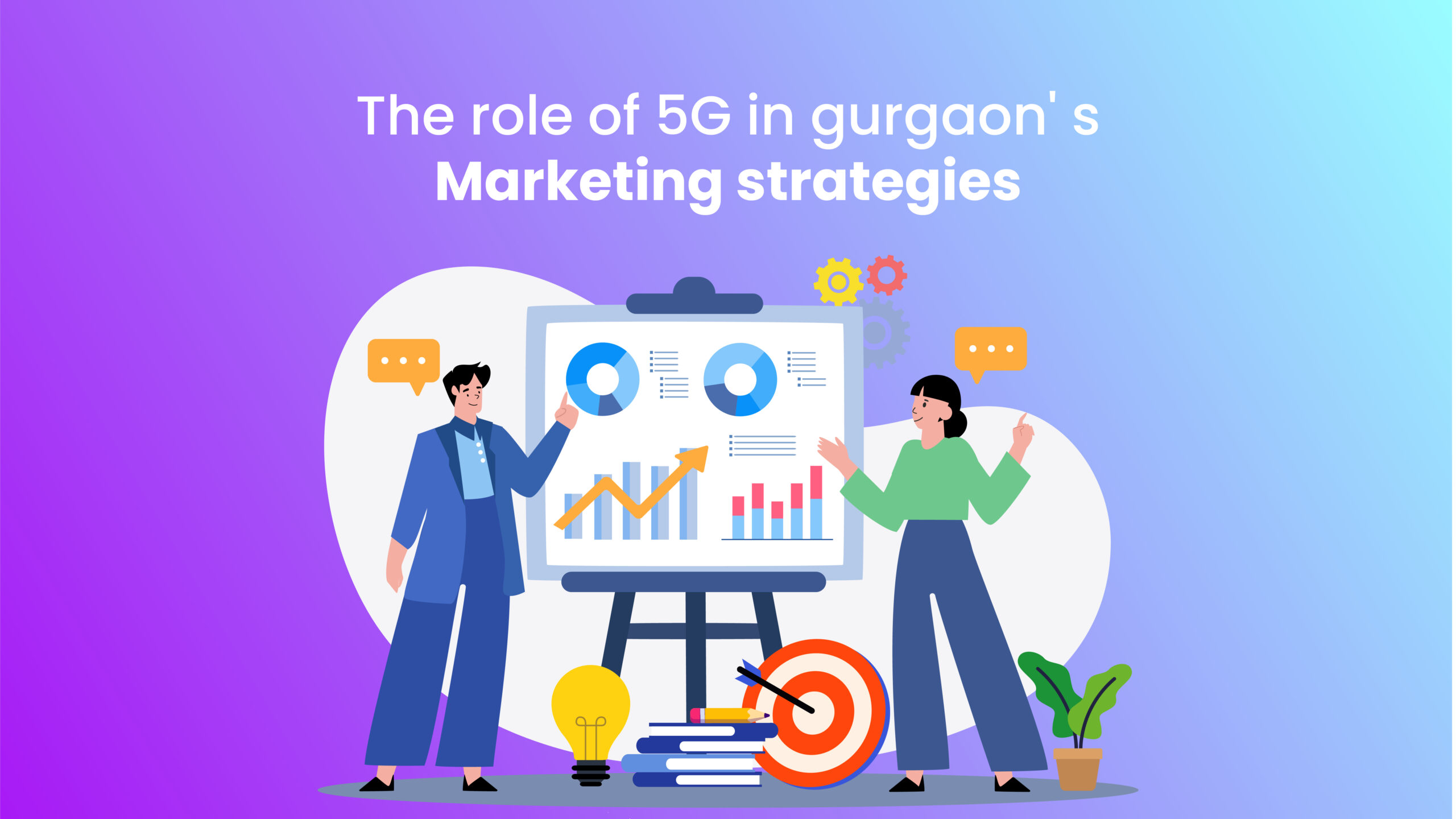Latest SEO Trends and Techniques to Boost Organic Traffic
With each passing year, the SEO trends that cater both to the search engine and user evolve. SEO today is a horse that is out of the gate and one must be proficient to follow the state-of-the-art methods that are compatible with the user’s needs and the latest changes of the algorithms. Whether it is a blog, an e-commerce store, or a corporate website you are running, learning the newest trends of SEO is one of the first things you have to do in order to be able to acquire more consistent, organic traffic. Here are some of the top trends and techniques to implement this year:
1. AI and Machine Learning in SEO
AI and Machine Learning are the two new technologies that have revolutionized the way that search engines rank and understand content. The artificial intelligence-based algorithm of Google, known as RankBrain, is used for ranking your content inside the SERPs.
How to Adjust: Focus on the production of user-centric content that will provide searchers with clear concise answers. Use AI-powered tools for keyword research, topic generating, and observing the latest buzz in write-ups.
2. Search Intent Optimization
No longer is it about optimizing solely for the keywords, now it is all about the search intent—what the user is really after. This is what will be the new SEO techniques will be focused on.
How to Adjust: Break down search queries into their basic intent: navigational, informational, transactional, and commercial. You then have to create content corresponding to each of those intents as closely as possible to bring value to the user journey at every end.
3. The Rise of Visual Search
Visual search has been very common in 2024. Lens of Google and similar tool help users to search using images rather than words—a component that directly influences SEO.
How to Adjust: The name of the file should be descriptive and the alternative text that portrays the image in a verbal narrative should be added. The schema markup may even provide some more context about your visual objects. The images you use are high res but they are still native to your content, thus a user can experience them effectively.
4. SEO-Focused Video Content
Video is one of the formats most liked by the users. YouTube is the second major search platform by itself, while TikTok and Instagram are not much different in that they metamorphose into search engines. For this reason, video content must be available and accessible to everyone.
How to Adjust: Try adding some transcripts to improve the accessibility and search engine indexing power of those videos. Apart from this a smart practice is putting the videos on web pages and blog posts will create dwell time and contribute to search ranking improvements, respectively.
5. Optimization for Voice Search
Some virtual assistants such as Alexa, Siri, and Google Assistant have been used by the common user to access data by voice search. According to some estimates, by 2024 these trends will result in 50% of all online searches becoming voice-activated. For the most part, voice queries are usually longer and rather informal which leads to their more conversational quality.
How to Adjust: When reviving the input text, we must ensure that the use of long-tail-keywords and natural language is in tune with human speech rather than text. FAQ sections should also be included to the content to accommodate the most frequently asked questions of the audience.
6. Core Web Vitals
Now, the Core Web Vitals, which are metrics related to loading speed, interactivity, and visual stability of the page, will all have the stage to shine in the spotlight of major ranking factors. Now, forget trying to keep or reach good rankings for websites with poor performance metrics, not even great content will help.
How to Adjust: Check Core Web Vitals using tools like Google PageSpeed Insights and Lighthouse. The clear target in view would be to enhance the website loading time, reduce layout shifts, and ensure smooth interaction. Thus, it would not only let your search rank grow fast and stable but also be more user-friendly.
7. Local SEO and Zero-Click Searches
That’s because, today more than ever, local SEO is important for businesses that aim to attract local customers. With growing mobile searches comes the growth of zero-click searches—Google gives the searcher an answer right on the search engine result page, especially with a query involving local locations.
How to Adjust: Maintain your Google Business Profile up to date with the right information regarding location, contact details, hours of operation, amongst others. Other, it might be interested in making your website more suitable for the zero-click search formats you can use structured data.
8. Interactive Content and User Engagement
SEO is not about getting people to your website anymore; it’s about keeping them there. If your site can keep people engaged when they come to your website, you have struck gold. Basically, the click-to-site visit time, the bounce rate, the pages per session, and total time spent on a site are some of the biggest ranking signals around for users.
How to Adjust: Concentrate on improving the overall content experience by being more interactive and engaging. Break up the content with headers, bullet points, and images. Use internal links to guide users around other relevant pages, improving the dwell time and reducing bounce rates.
9. Mobile-first SEO
Mobile-first indexing means that Google mainly uses the mobile version of your site to rank and index. By now, this trend was pretty well settled down, and the businesses not optimized for mobile simply missed some serious traffic.
How to Adjust: Make sure that your site is mobile-responsive, having swift load times, with ease of navigation and accessible design. Conduct frequent testing on your site’s mobile performance so that the experience on the mobile end is completely smooth. With the rise of 5G and increased volume in mobile searching, mobile optimization will be even more crucial.
10. Structured Data and Rich Snippets
Structured data and rich snippets become way more important for SEO when search engines strive to deliver better user experiences. Using schema markup on your website helps search engines get a better understanding of the context of your content, thereby increasing the chances that it will appear in rich snippets or even as a voice search answer.
How to Adjust: Add schema markup. Tagging different content types allows search engines to create rich snippets that give users an inside view of what is on the page, consequently raising the click-through rate and higher traffic. Test that your code is optimized using Google’s Structured Data Testing Tool.
Conclusion:
SEO never stops changing; hence, one needs to be informed of the trends and best practices at all times. From minding user intent to optimizing for voice search, here are some strategies to improvise on your organic traffic and thus keep pace with competition.
So, if you have to sail through these trends to master them, it shall be a different thing— associating with the best digital agency in Gurugram or the best SEO agency in Gurugram. Such agencies understand the nuances of the leading SEO practices that help implement strategies toward driving sustainable growth and higher rankings for your website.



